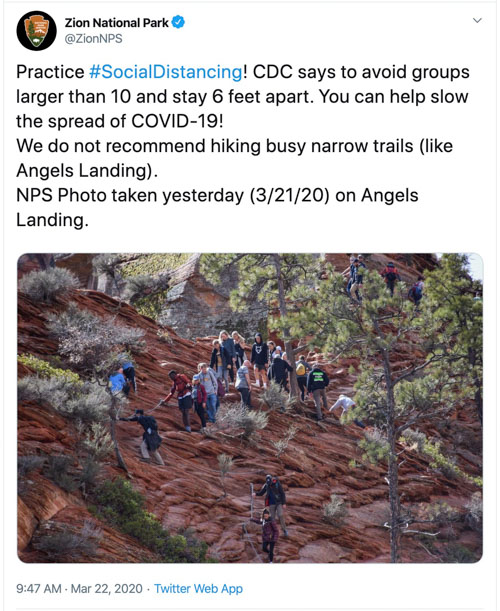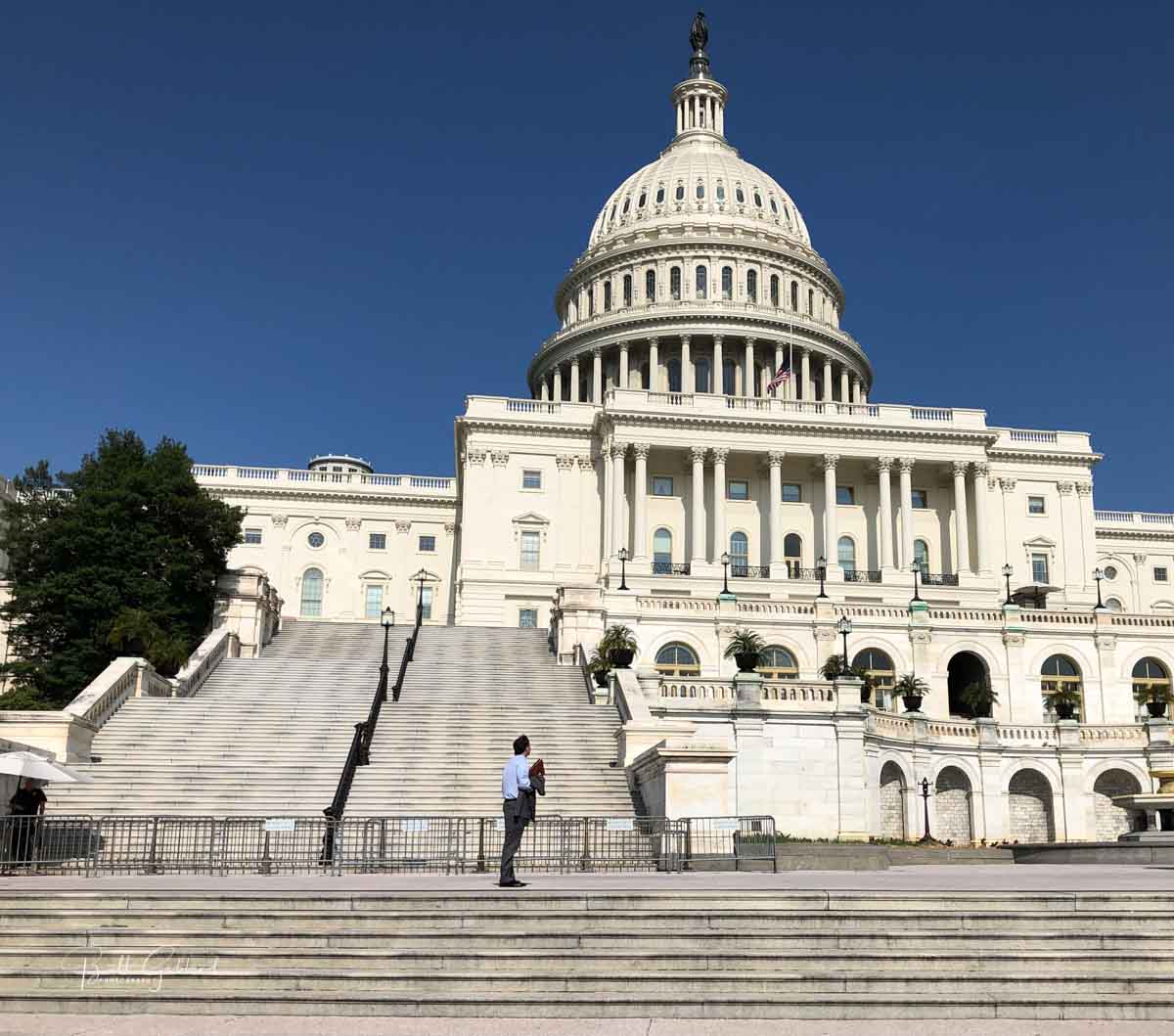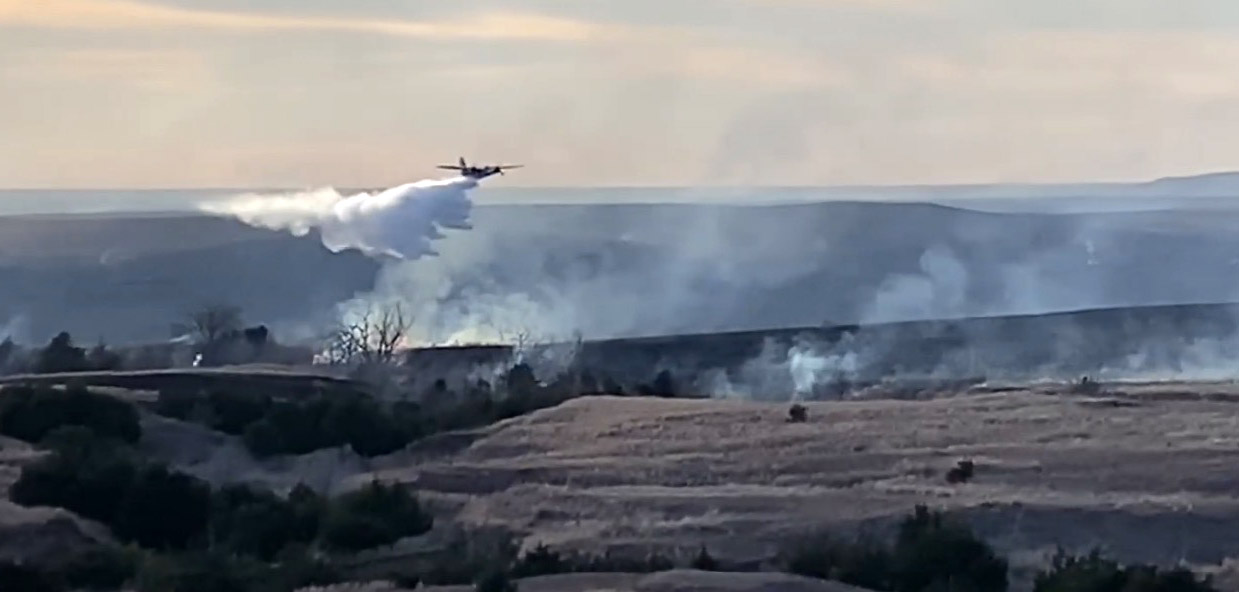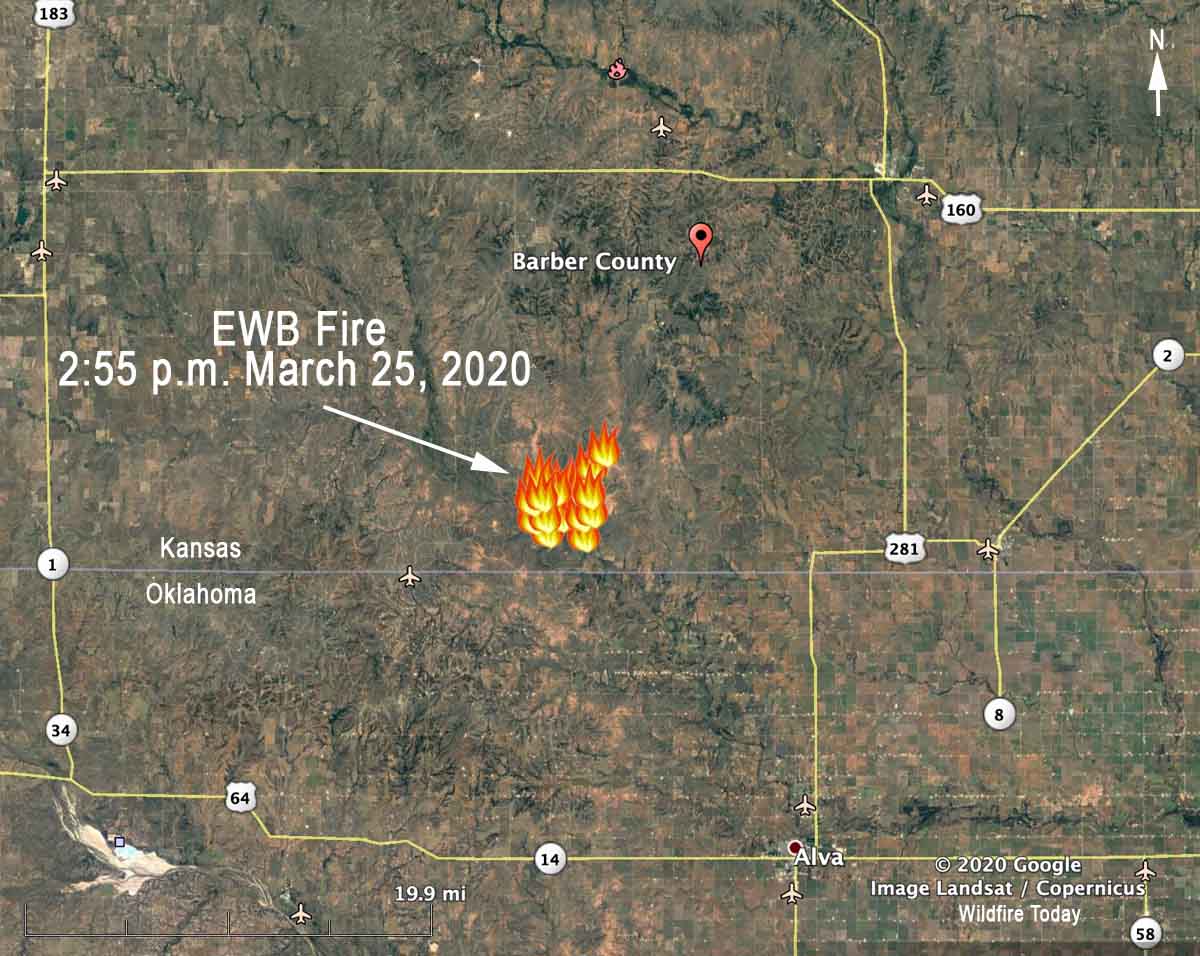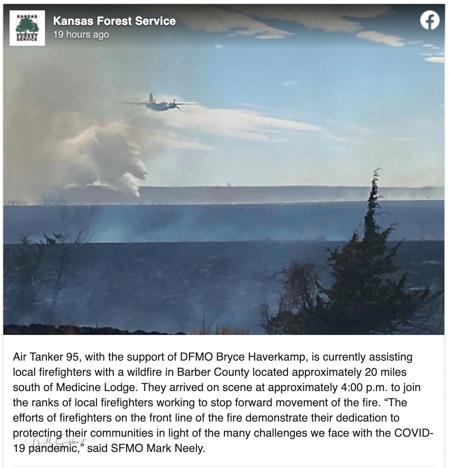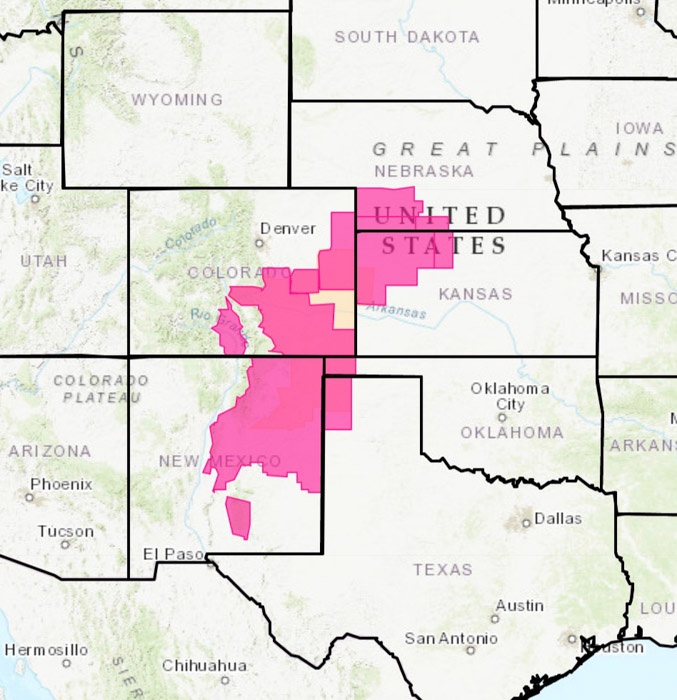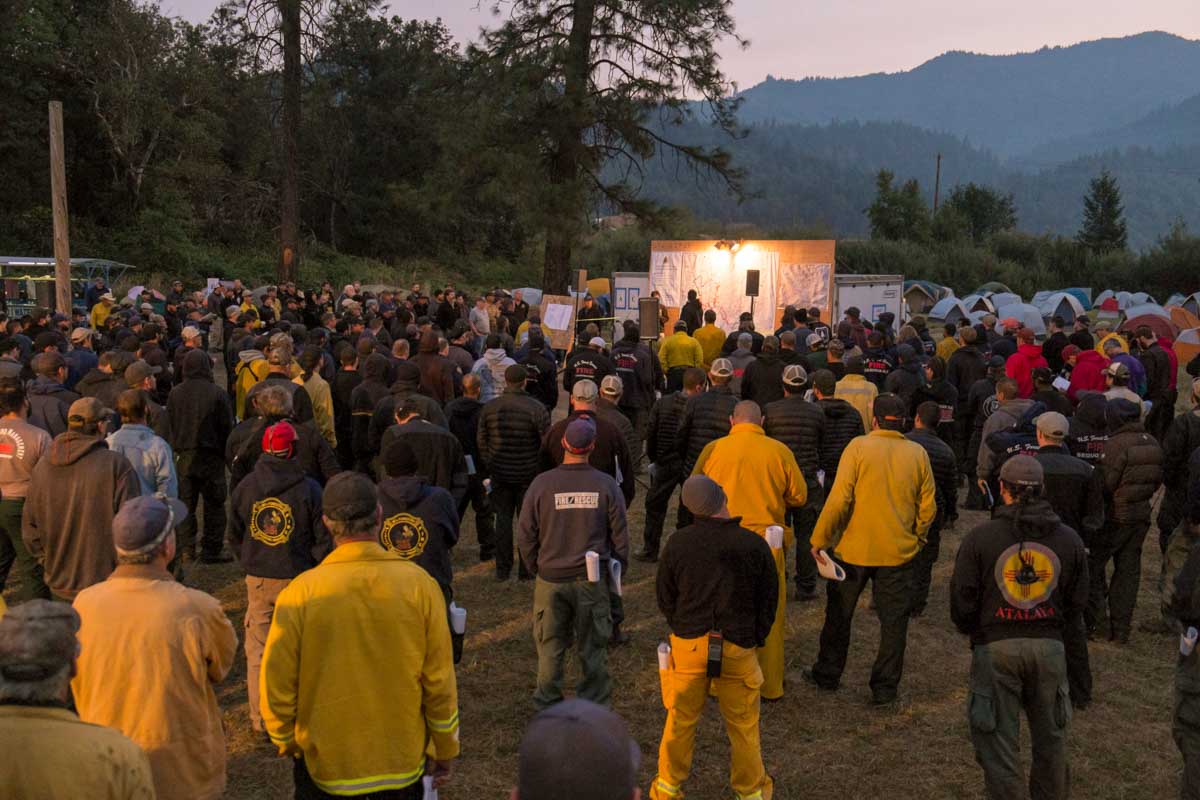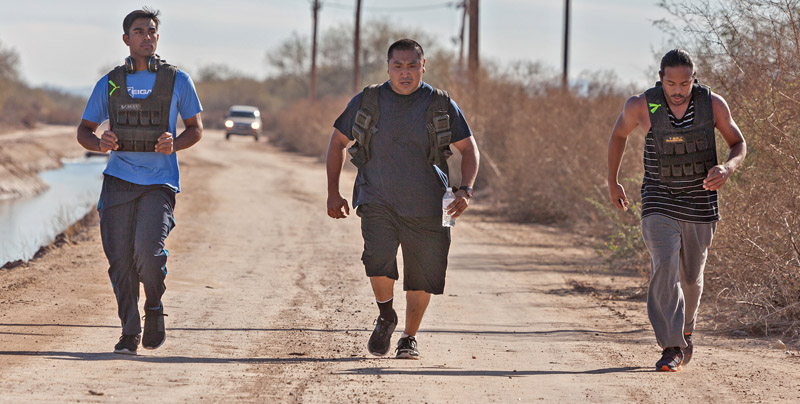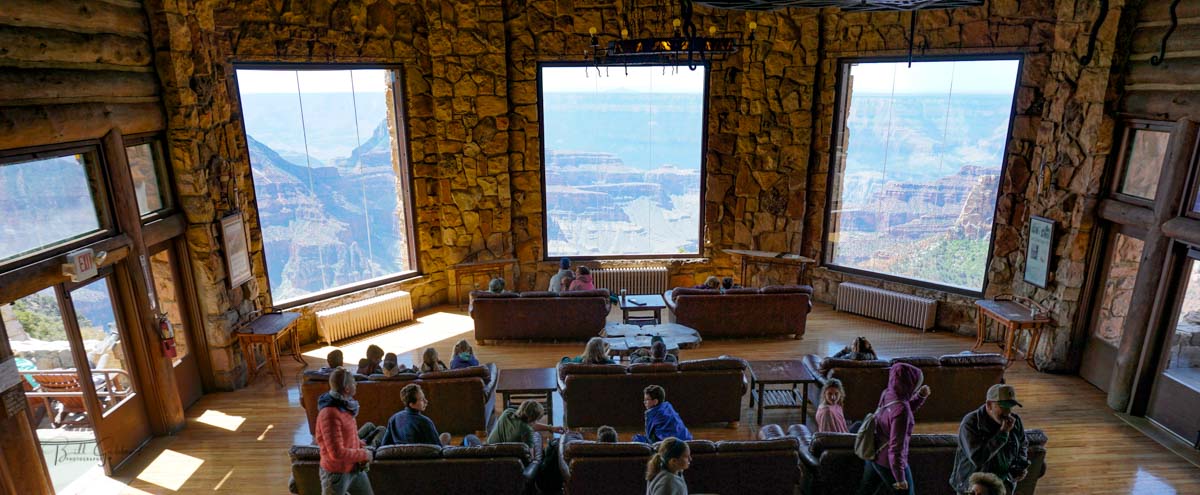
Decisions about which National Park Service sites close during the COVID-19 coronavirus pandemic are made on a case-by-case basis by officials in Washington.
The National Park Service is not maintaining a public list of which of the 419 sites, monuments, and parks are open or closed, but the non-profit website National Parks Traveler is attempting to keep track. As of March 26 the site had identified about three dozen that were closed or were about to close, including Yellowstone, Grand Teton, Pearl Harbor, Rocky Mountain, Sequoia and Kings Canyon, and Yosemite. That list may only include about a third of those that are closed.
Most of the NPS visitor centers are closed, but parks that are still open while entrance fees are suspended can still attract visitors to trails and viewpoints. Unless a park is physically closed by gates, park law enforcement officers still have to patrol in order to avoid the mayhem that occurred when employees were prevented from working during the government shutdown last year.
The Superintendent of Grand Canyon National Park sent a request up the chain of command that the park be closed. It was approved in the Regional Office, but so far not at the Washington office.
The Washington Post has an article by Darryl Fears about the issue. He tells the story of an employee who resigned when it became clear his park would not close. Here is an excerpt:
“Two days before he cursed a supervisor and quit the National Park Service job he loved, Dustin Stone arrived to work in a foul mood. A decision by Interior Secretary David Bernhardt to keep national park sites open despite the coronavirus outbreak left him angry and in disbelief.
“The virus hasn’t reached Skagway, a tiny town on the Alaskan panhandle where Stone lives and worked at the Klondike Gold Rush National Historical Park [map]. But if it does, he said, it could be a disaster. “I’ve lived here year-round through eight flu seasons, and I’ve seen how quickly an infection can spread,” he said. “When one of us gets sick, most of us get sick.” There’s no full-time doctor and no hospital in Skagway. A single community health clinic has a registered nurse and assistants.
“When it became clear that Klondike Gold Rush would not be among the few sites allowed to close, and would continue hiring seasonal workers from the Lower 48 to come to Skagway for the spring and summer rush of visitors, Stone snapped. He barked a few choice words and stormed out.
“As the Centers for Disease Control and Prevention prepared to issue new guidance Thursday about how visitors should behave at more than 300 park sites that remain open, park employees expressed anger and fears about the spread of infection.”

